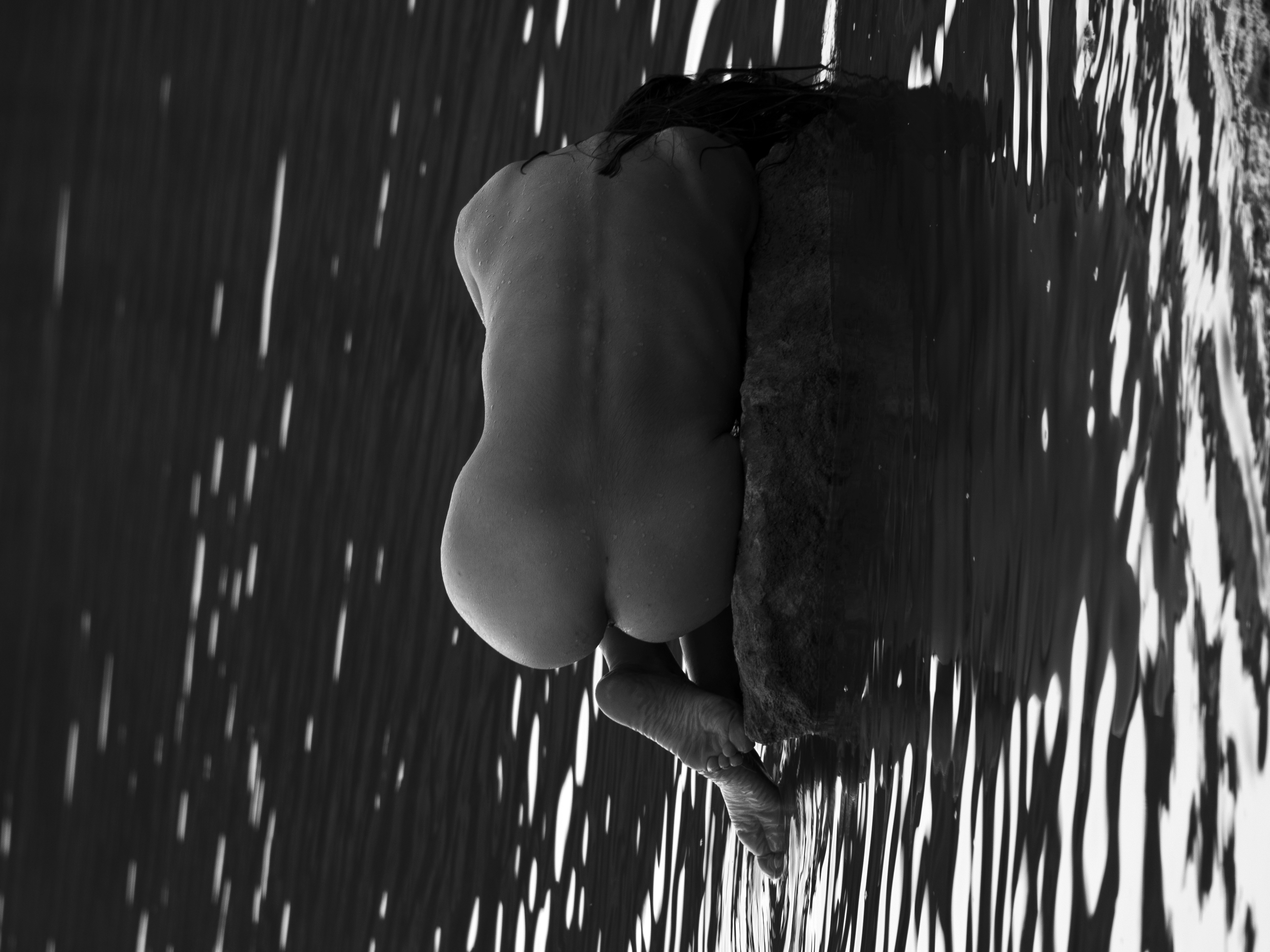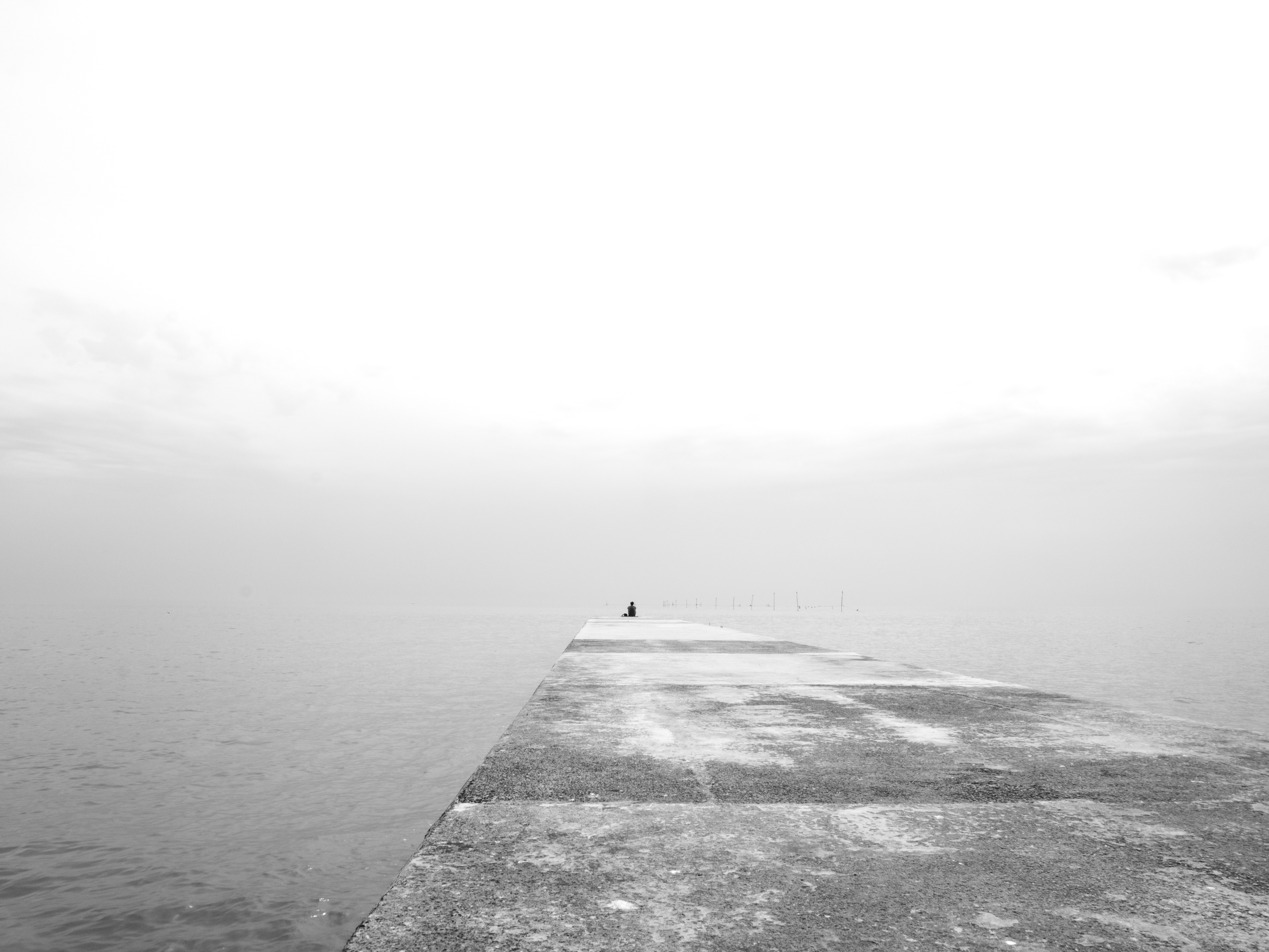Pendulation and oscillation, fundamental principles observed in natural and mechanical systems, have profound implications beyond their scientific origins. These concepts resonate deeply within the realms of art, poetics, spirituality, postcolonialism, and utopia, offering rich metaphors and frameworks for understanding the human condition. The foundation of my dance training, meditations, somatic and embodiment practices, and re-searching for my inner Utopia brought me to Practices for Altered States, created in the context of research around the notion of Utopia. Through the practice of slowing down, different modes of listening and Be-Coming became central to my practice
Pendulation Practice for Altered Stets explores oscillation as a physical and metaphysical movement. Oscillation is a type of periodic wave that refers to the repetitive back-and-forth movement of something between two positions or states.
The concept of the middle, or in-between, the liminal space, has preoccupied my work for quite some time. What happens in that space in-between? As Deleuze and Guattari writes in ‘A Thousand Plateaus - Capitalism and Schizophrenia’: “The middle is by no means an average; on the contrary, it is where things pick up speed. Between things does not designate a localizable relation going from one thing to the other and back again, but a perpendicular direction, a transversal movement that sweeps one and the other away, a stream without beginning or end that undermines its banks and picks up speed in the middle.”
On the other hand, the practice also reflects the human condition (individual or collective) placed in the context of capitalism - a brakeless, repetitive cycle, a centrifuge. We act as small machines that make up the big machine, and the question is what is the interrelationship of these individual or collective machines - organisms, to the machine of war, for example, or the machine of love, the machine of revolution, etc. and the abstract machine that sweeps them away. Postcolonial theory often employs the metaphor of oscillation to describe the cultural and historical tensions inherent in the postcolonial condition. The oscillation between colonial power and indigenous resistance, for example, encapsulates the dynamic struggles and negotiations that shape postcolonial identities. Homi K. Bhabha's concept of "cultural hybridity" can be understood through the lens of oscillation, where the continuous movement between colonizer and colonized cultures produces new, hybrid forms of identity and expression (Bhabha, 1994). This oscillatory process reflects the ongoing negotiation of meaning and power in postcolonial contexts, highlighting the fluid and contested nature of cultural identities.
In utopian studies, pendulation and oscillation provide a framework for envisioning ideal societies that balance progress with tradition and innovation with stability. The oscillatory movement between utopian ideals and dystopian realities allows for a critical examination of social structures and the potential for transformative change. The writings of Ernst Bloch emphasize the role of oscillation in the utopian imagination, where the tension between the "not yet" and the "already" fosters a dynamic vision of hope and possibility (Bloch, 1954). This utopian oscillation inspires continuous striving towards a better future, driven by the interplay between aspiration and reality.
Spirituality often embraces the symbolism of pendulation and oscillation to convey the cyclical nature of life, death, and rebirth. In many spiritual traditions, the pendulum's swing is a metaphor for the soul's journey through various states of existence. The practice of meditation, for instance, can be seen as an oscillation between the inner and outer worlds, a rhythmic practice that fosters spiritual balance and enlightenment (Nhat Hanh, 1991).
Furthermore, the oscillatory motion is emblematic of the balance between opposing forces, a concept central to Taoist philosophy. The Taoist symbol of Yin and Yang represents the perpetual oscillation between complementary energies, embodying the spiritual harmony that arises from this dynamic balance (Capra, 1975).
Pendulation and oscillation, as explored through the lenses of art, poetics, spirituality, postcolonialism, and utopia, reveal the profound interconnectedness of these disciplines. By embracing the rhythmic and cyclical nature of these phenomena, we gain deeper insights into the human experience and the potential for creative and spiritual growth, enriching our understanding of the world and our place within it.
The practice is apparently simple, with a strong effect on both body and mind. It is based on the principle of oscillation, with two steps forward, one step back, a distance of approximately one kilometer is covered in an hour, hour and a half, with the hands in a fixed position, eyes are not moving, and breathing synchronized with the steps.
*The practice is created with the financial support of National Culture Fund of Bulgaria, program "Creative Initiatives"
Some feedback from participants:
"After the first half an hour, really most of the barriers and blockages fall away and it becomes a very nice immersion and just merging with the wave, with the rhythm of the movement and it becomes very pleasant, no thoughts, no tension, just that little dot that you've concentrated on in front of you."
"For me, the main themes in this walk were patience, provocation, acceptance, connection, and pleasure. Patience to allow yourself enough time for things to unfold naturally without pushing them. Provocation because you go out and do something unusual and uncomfortable, but you have a group with whom you create a safe space. Acceptance, because you are left alone with your thoughts, they unfold in front of you as they are and the best option is to accept them so you can continue the process. Connecting because the aspiration is to be in sync with the group. I see this bonding as also being committed to the group. You also need to connect with your body to synchronize specific steps and breathing so they can automate at some point. It's enjoyable because when you manage to overcome the previous themes, you stay in a state of play and enjoyment of the movement, letting go of thoughts, and sinking into the moment."
"It is good to find time to meditate and to find one's own method of meditation through which to slow down time and thoughts and connect with one's inner world."
Thank you!

